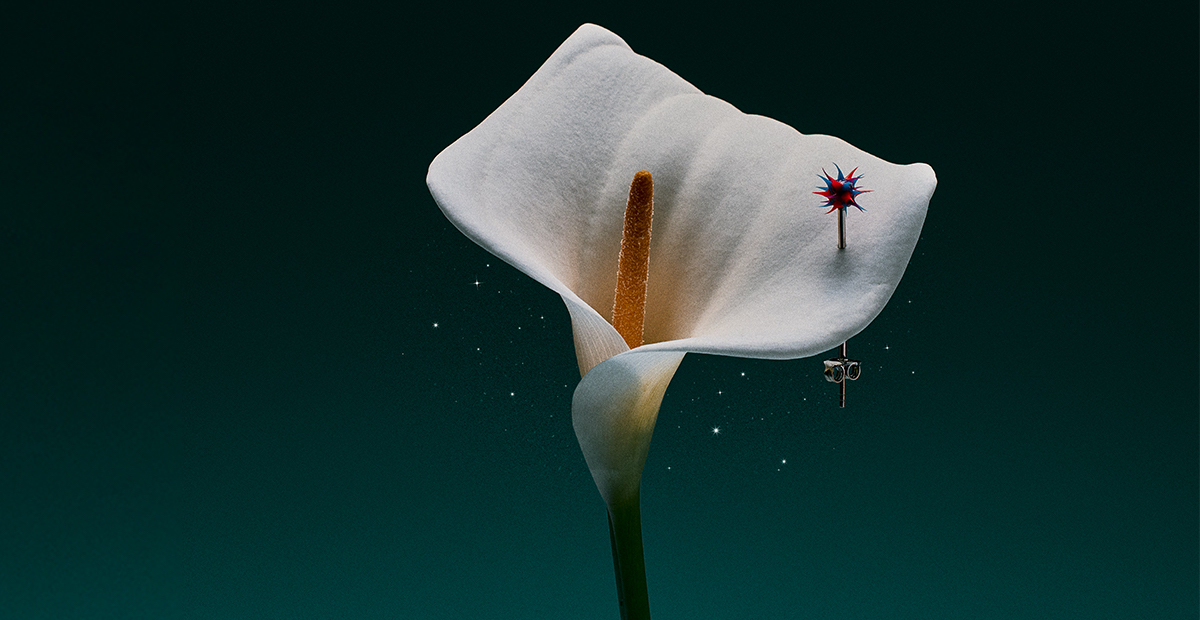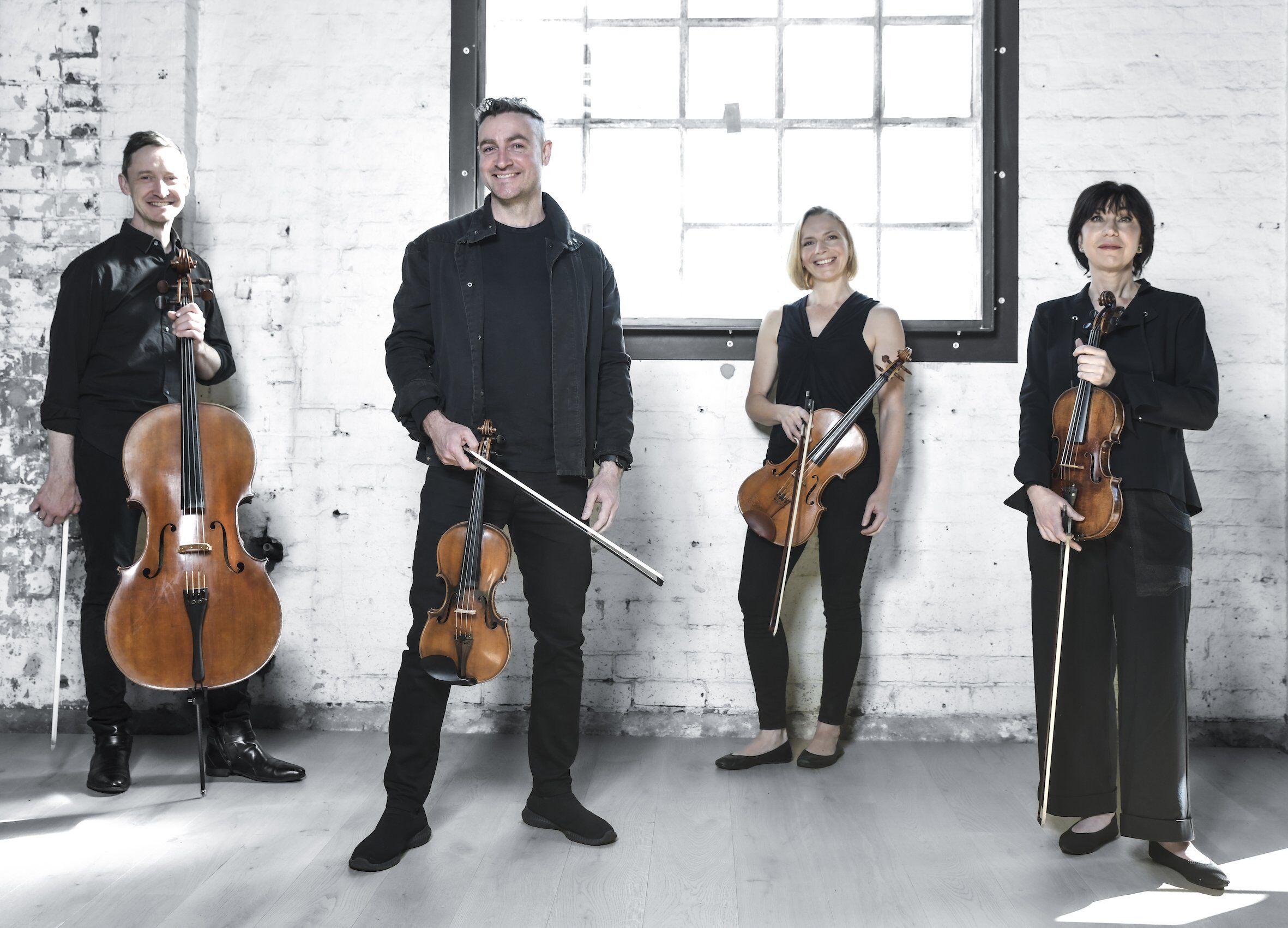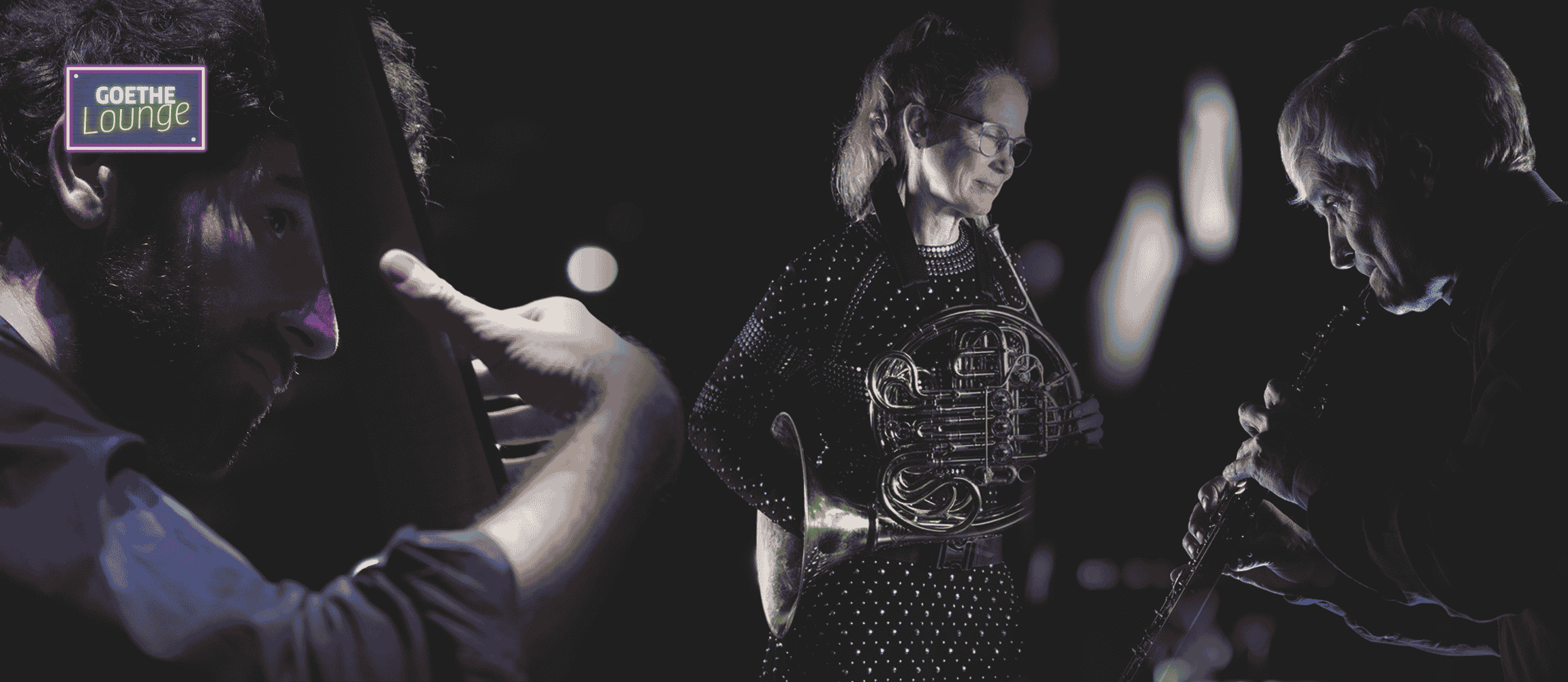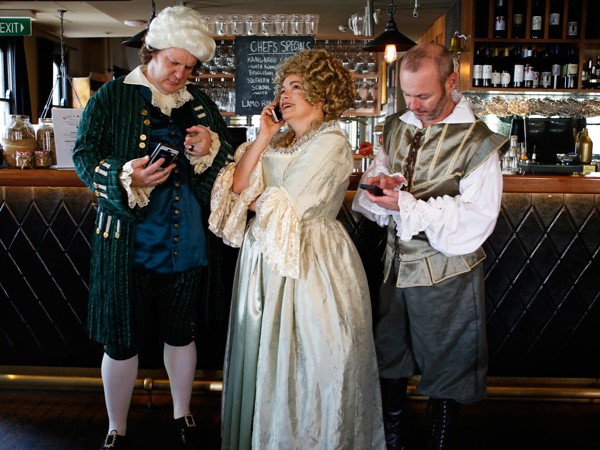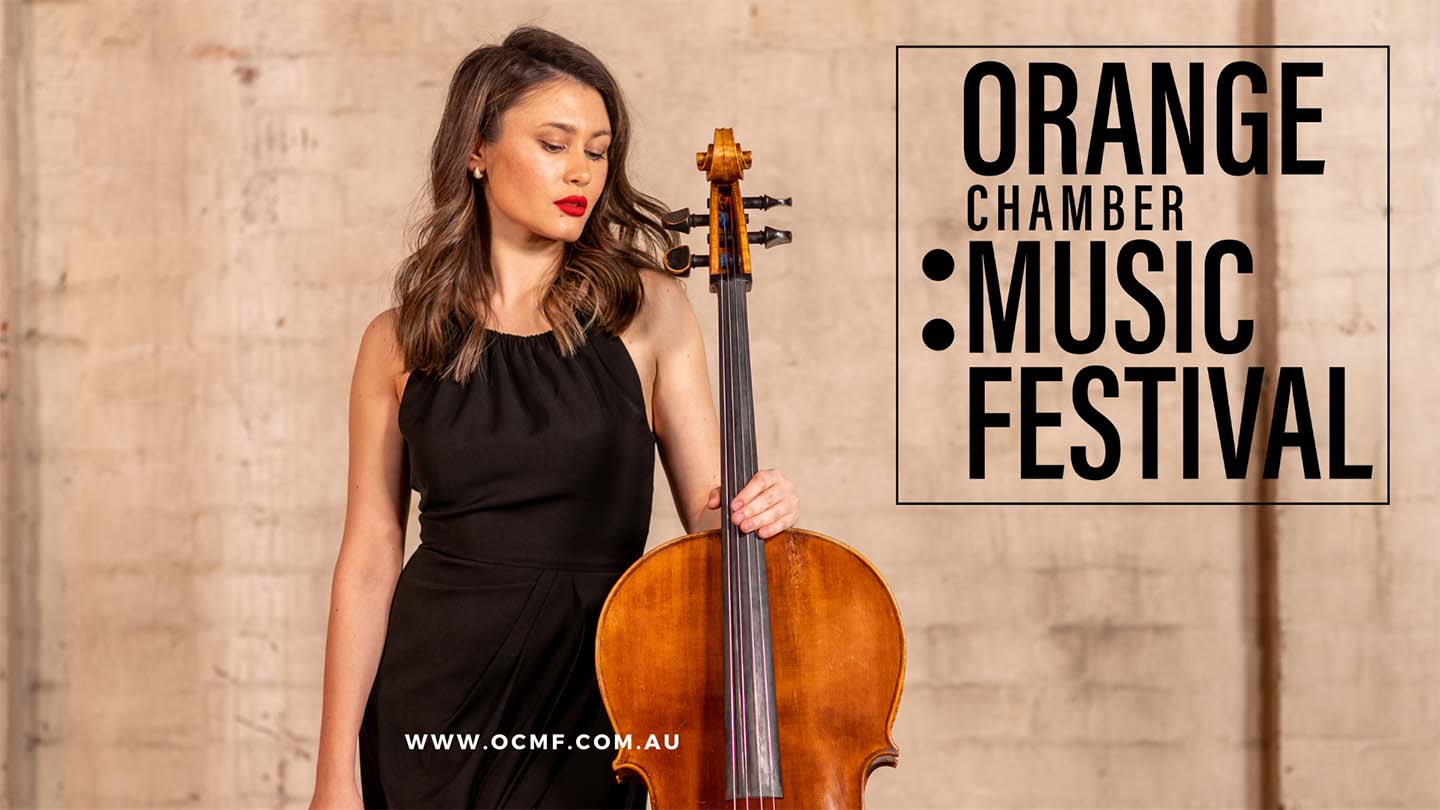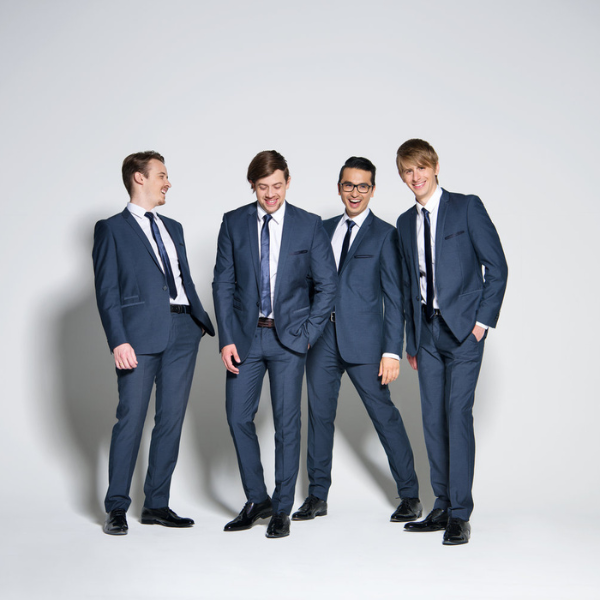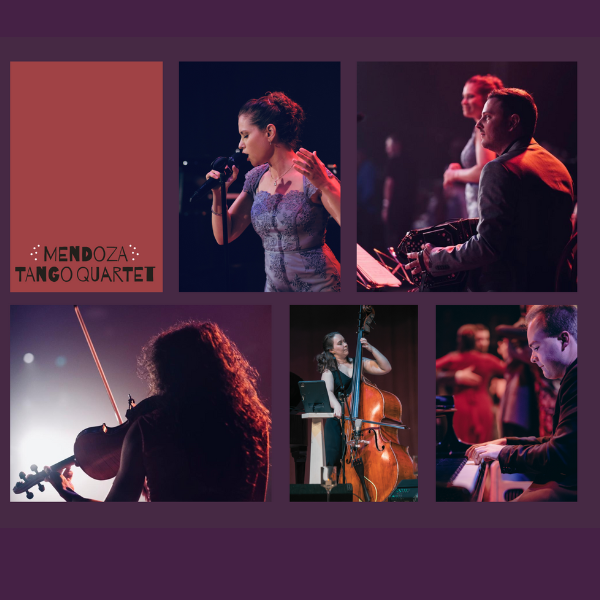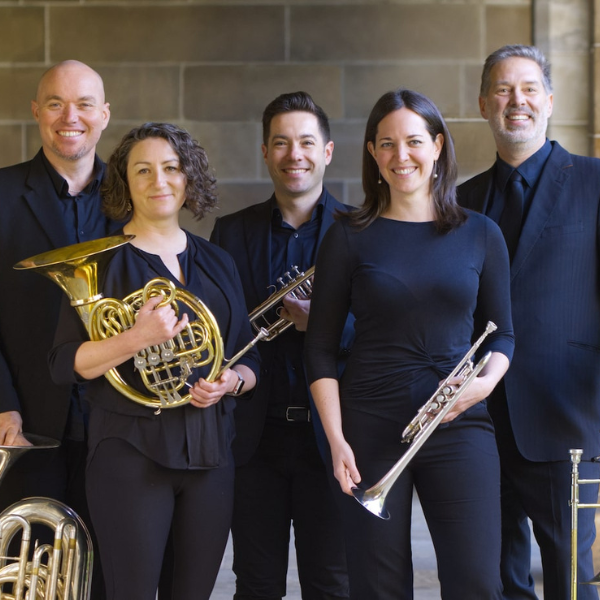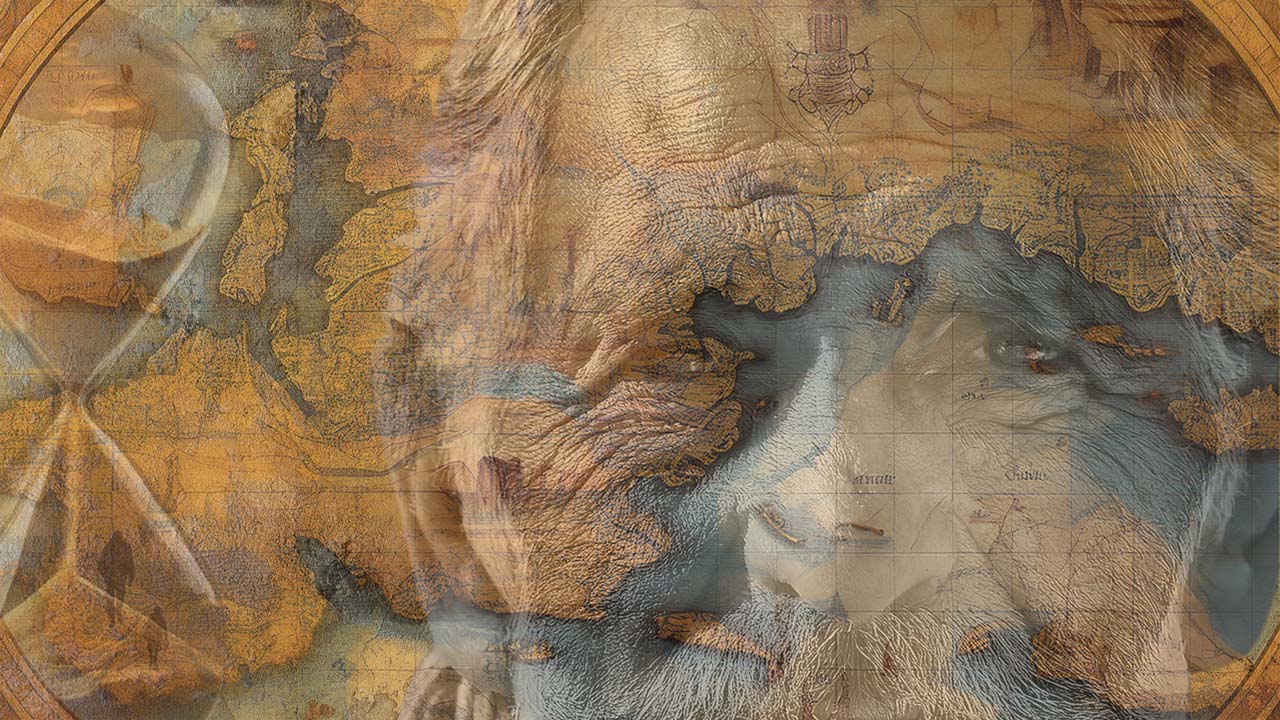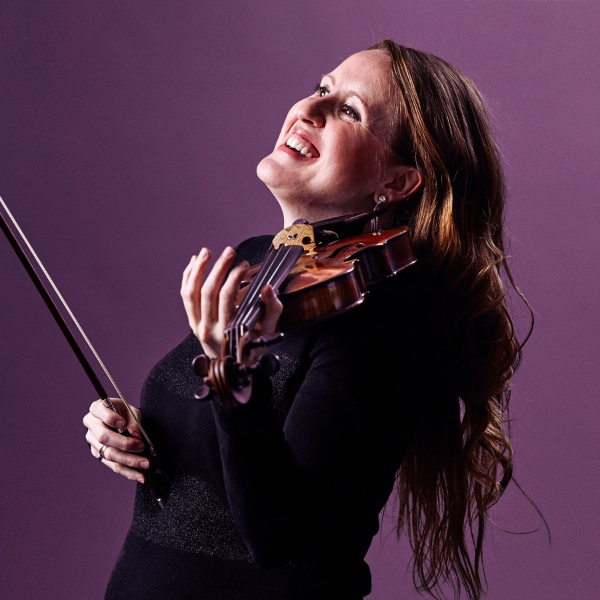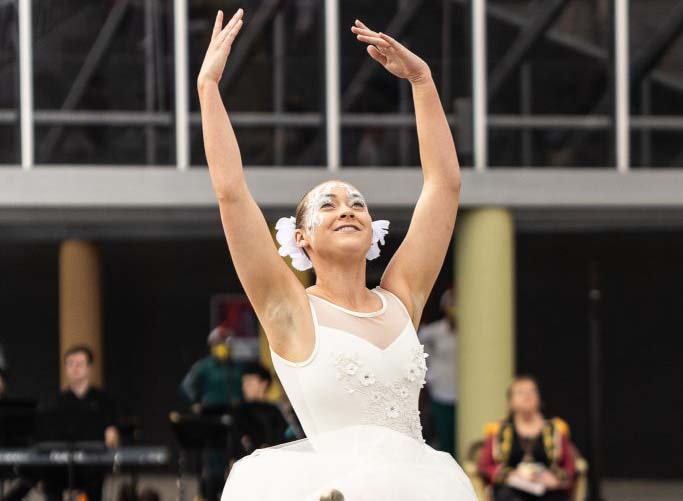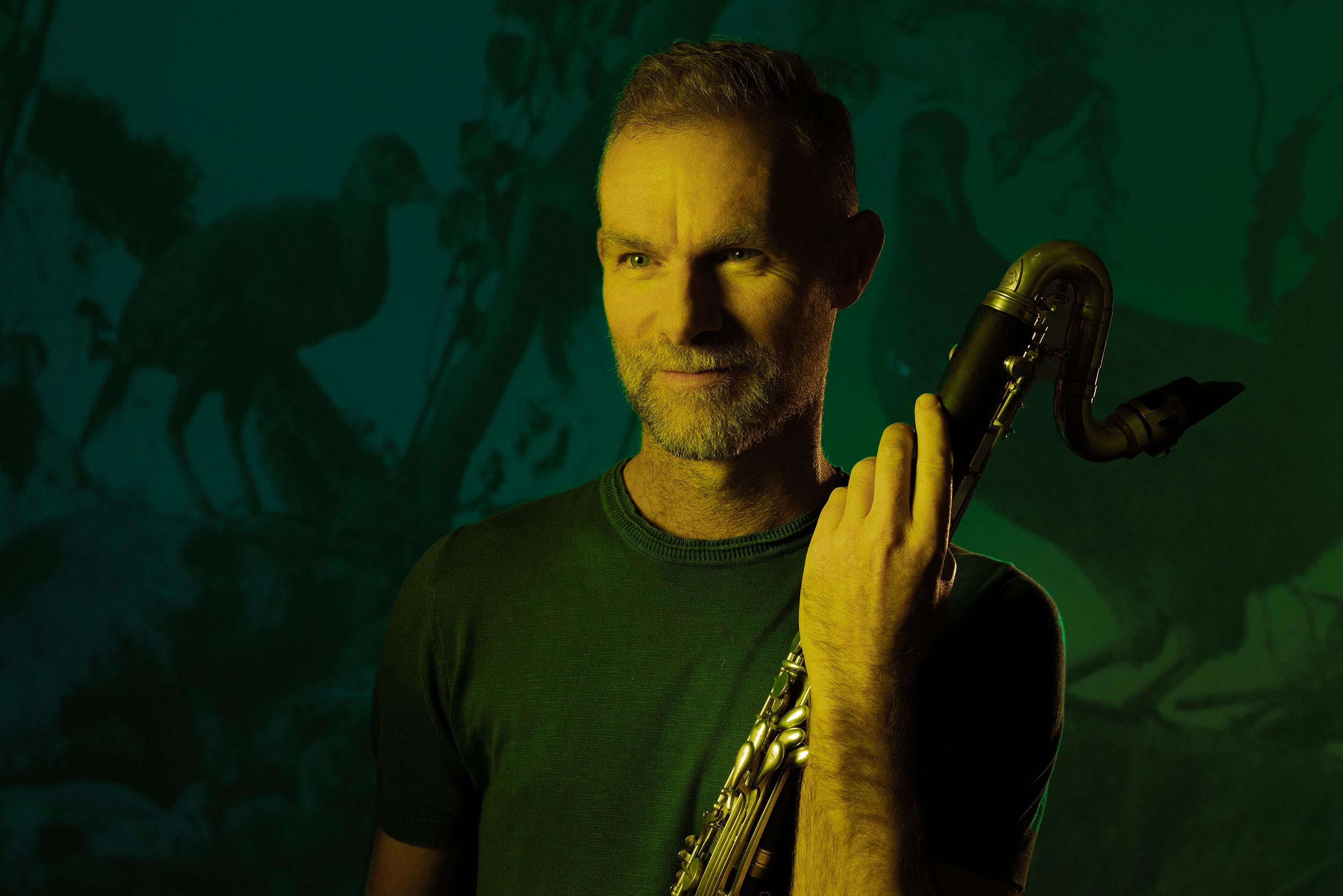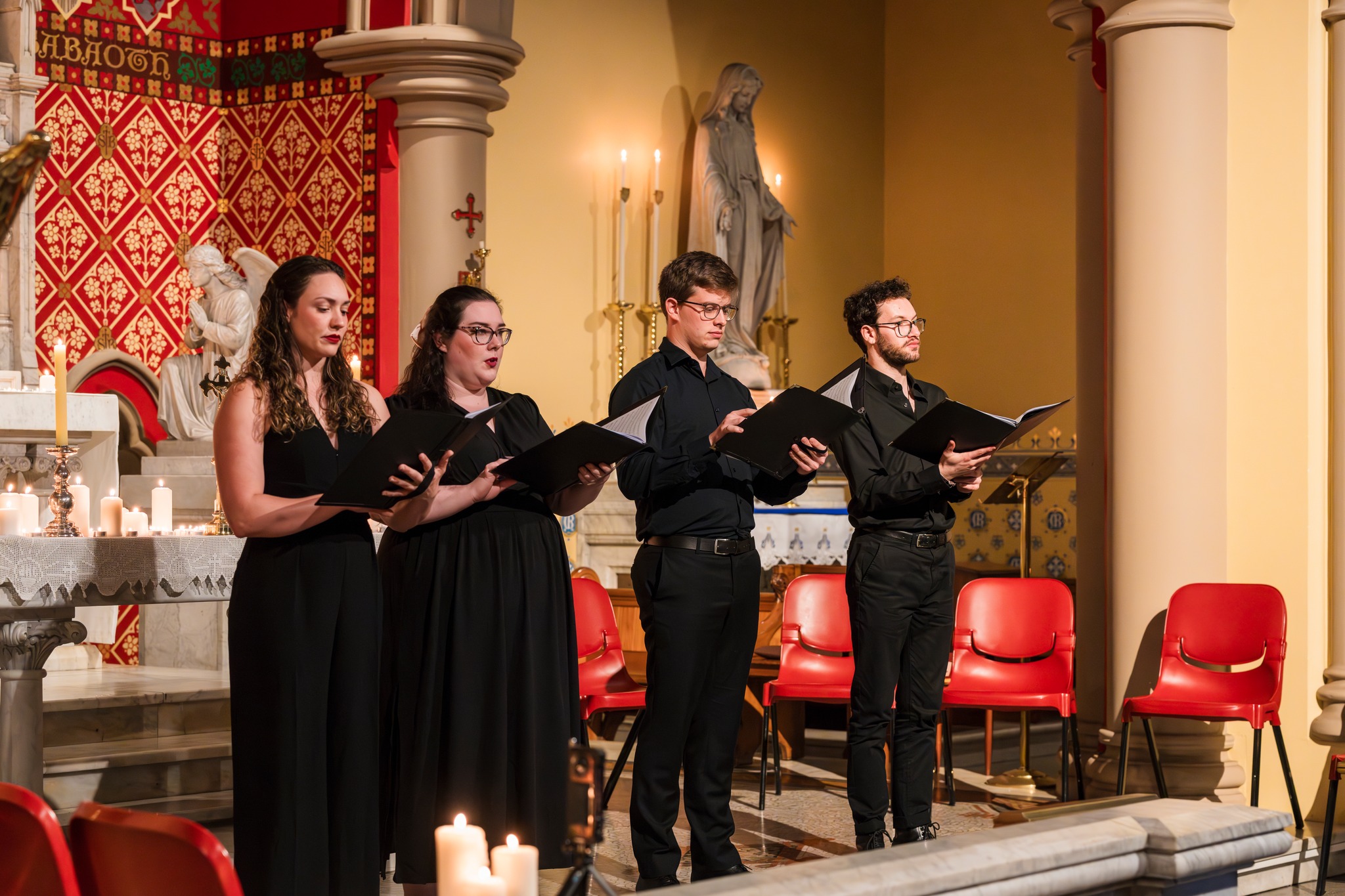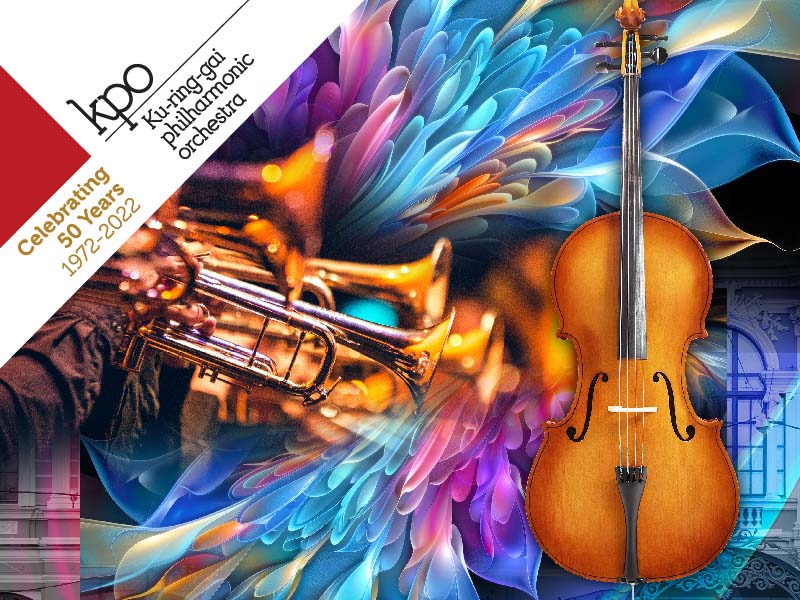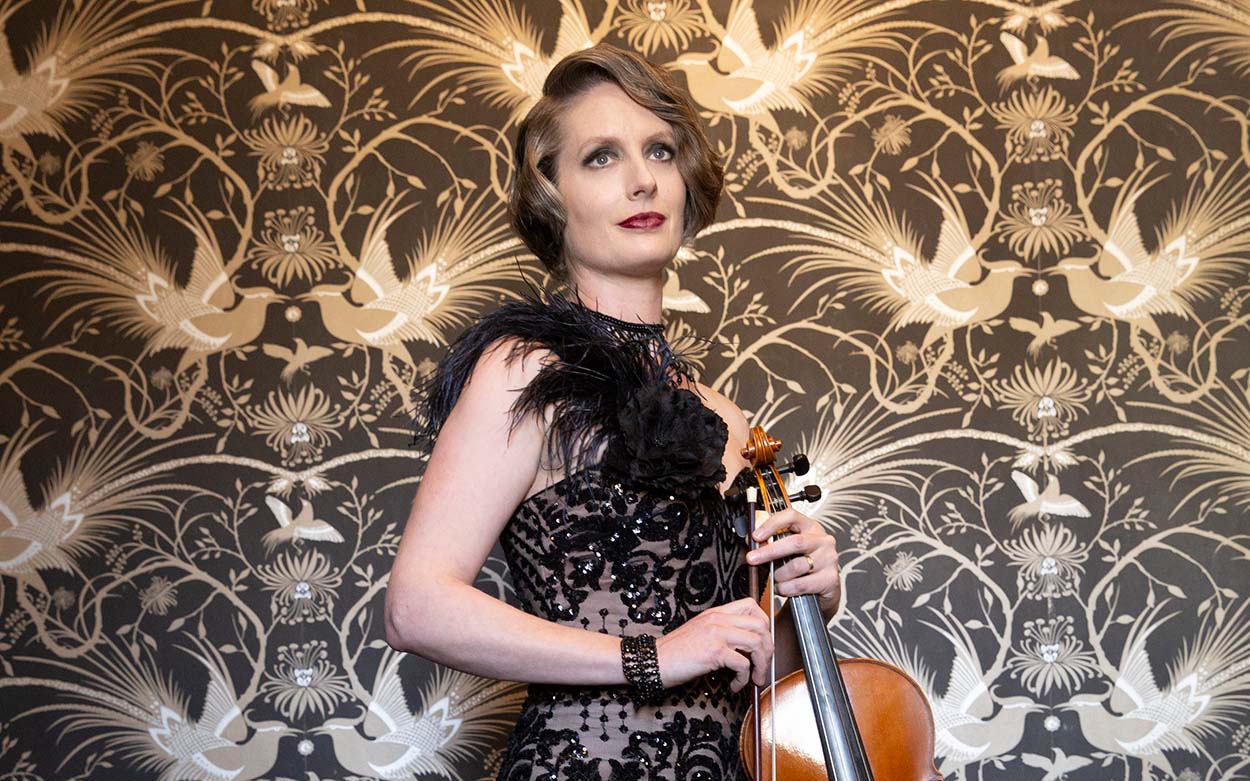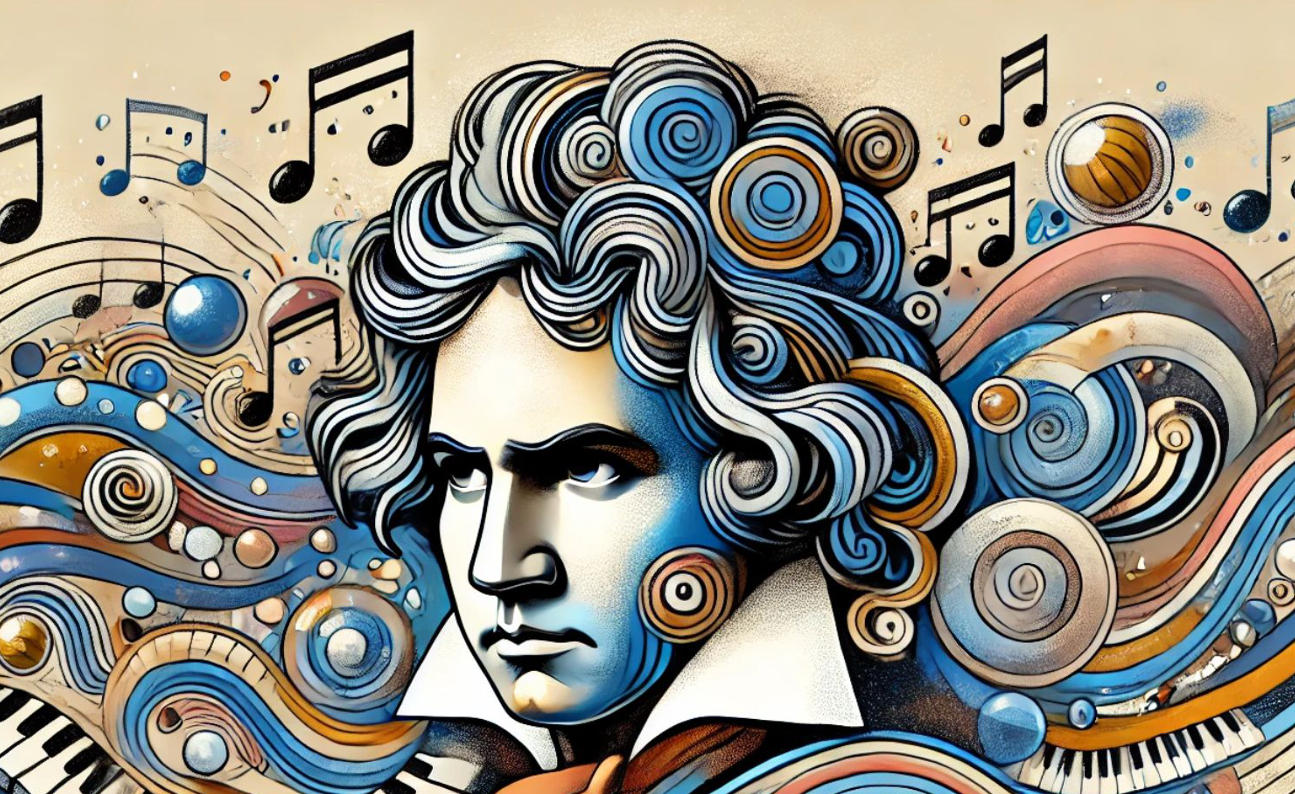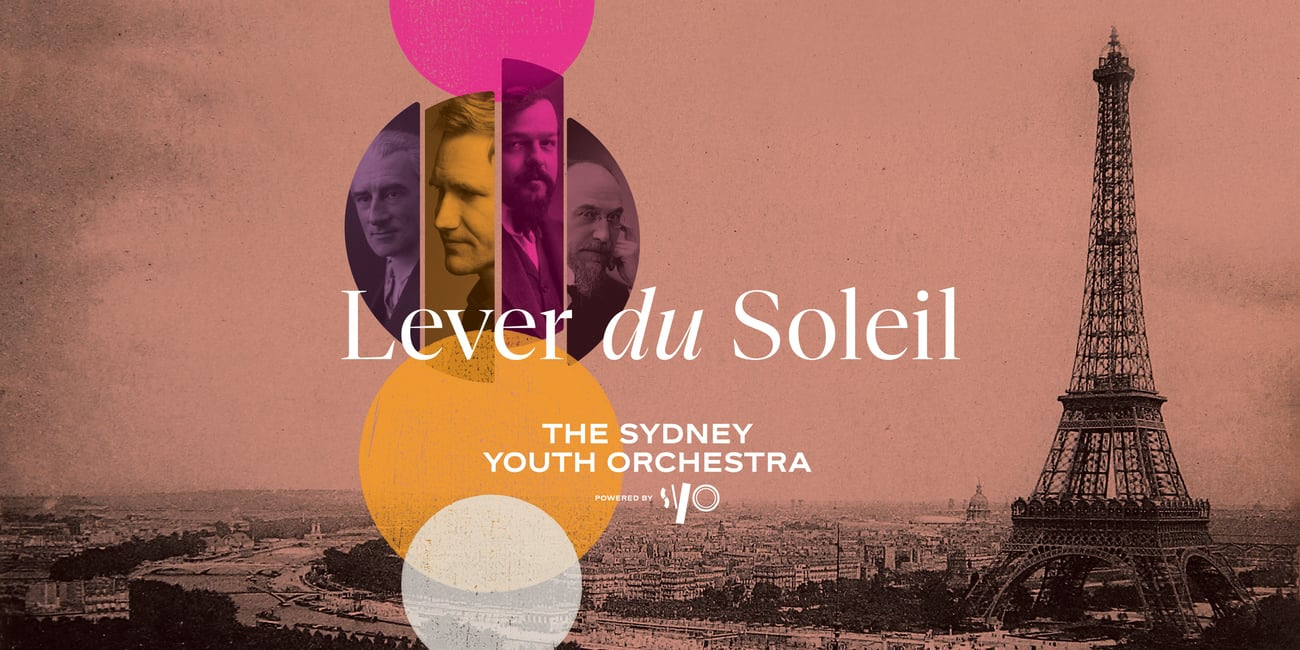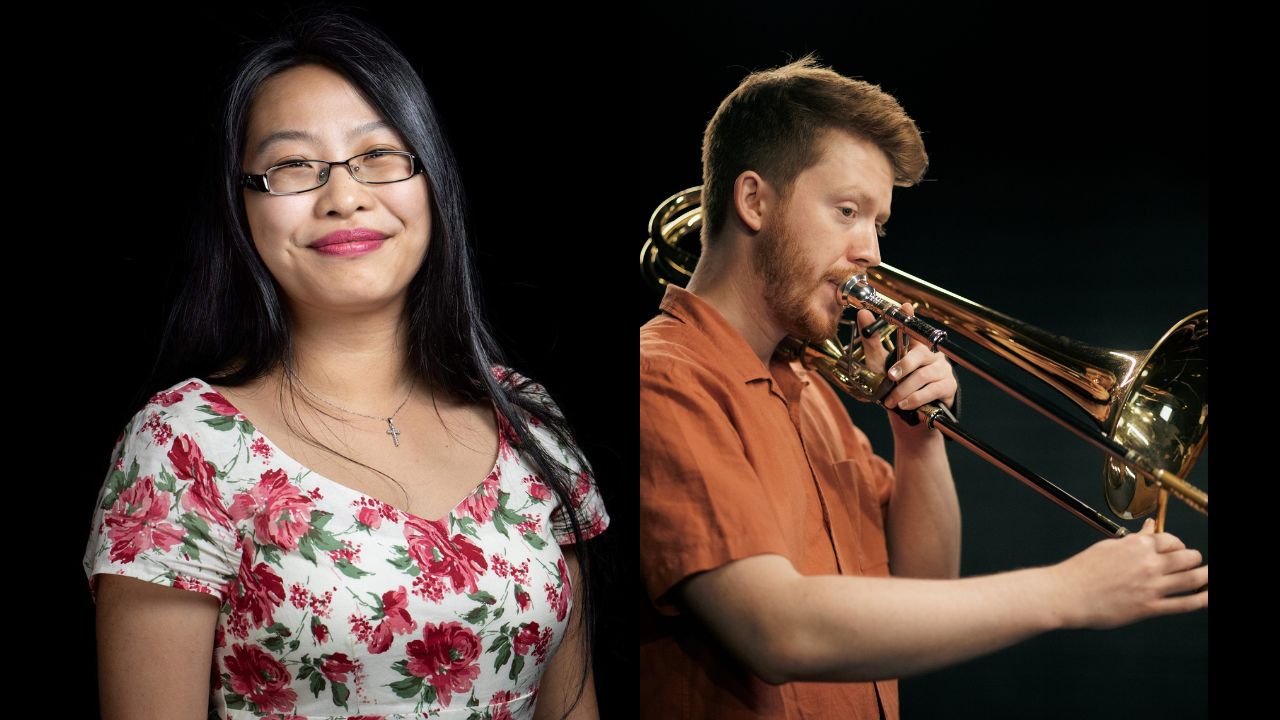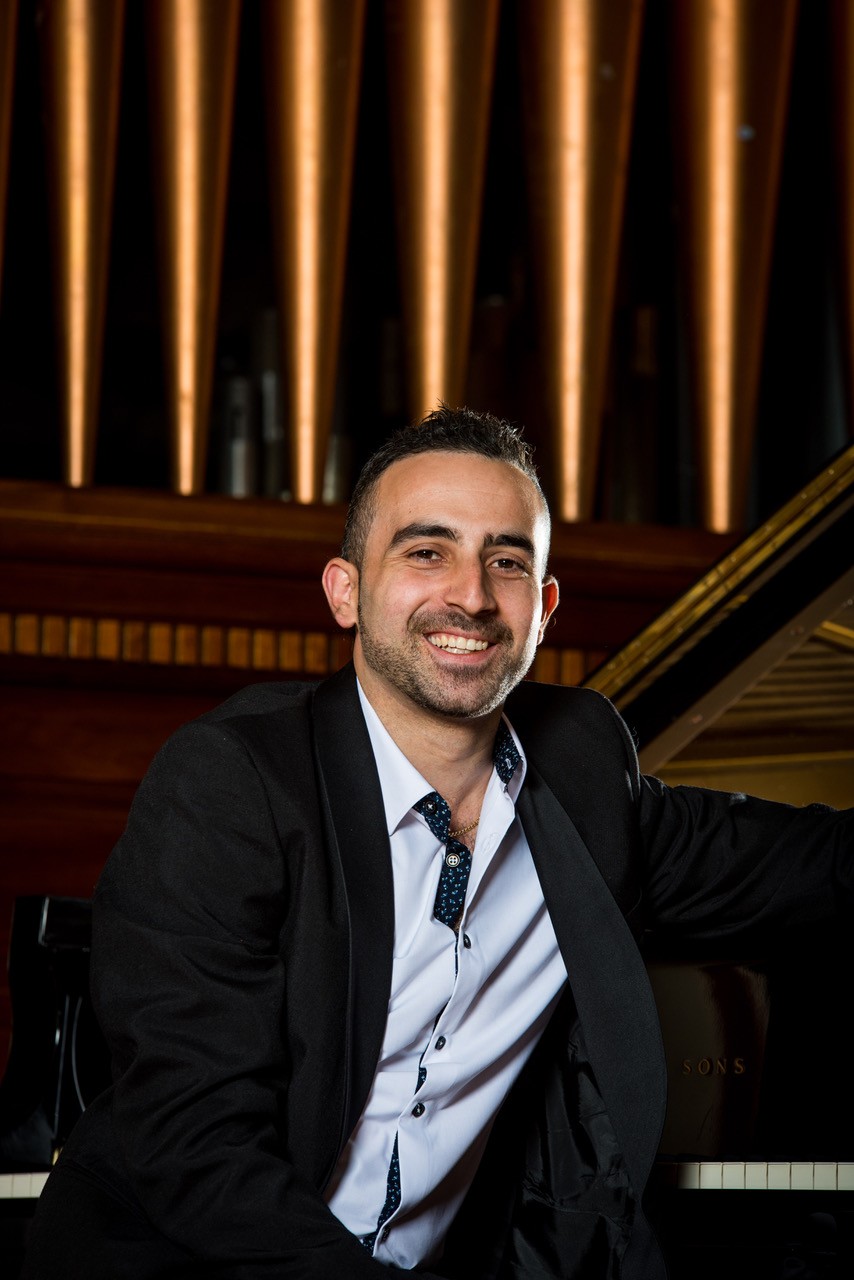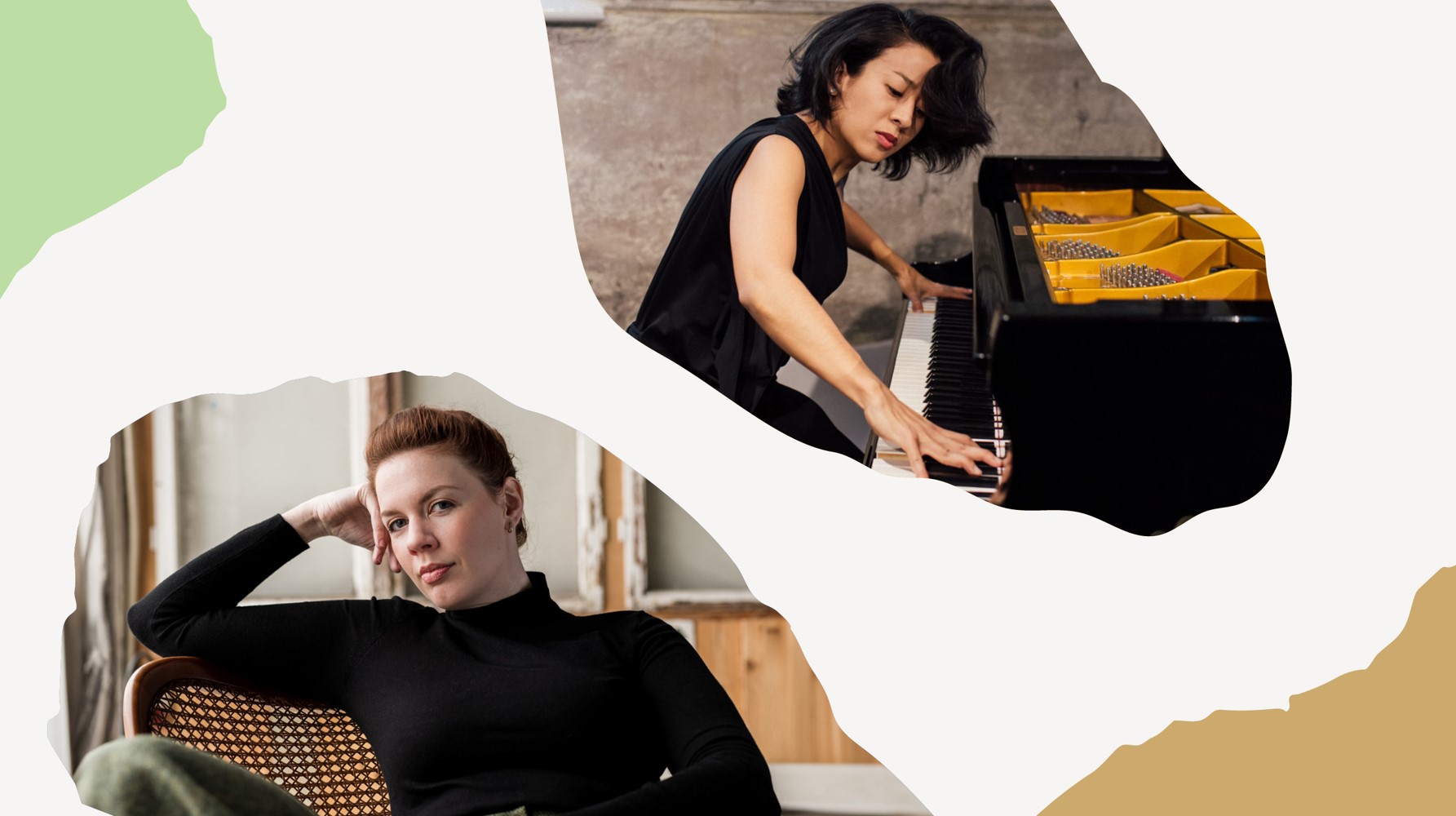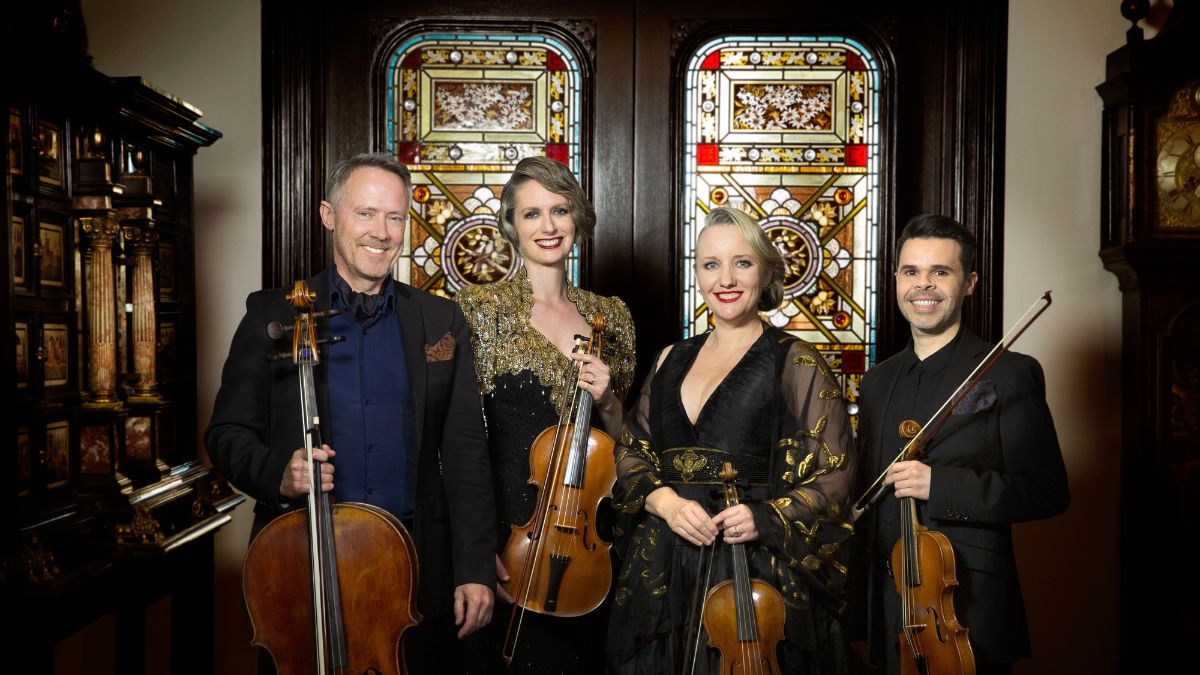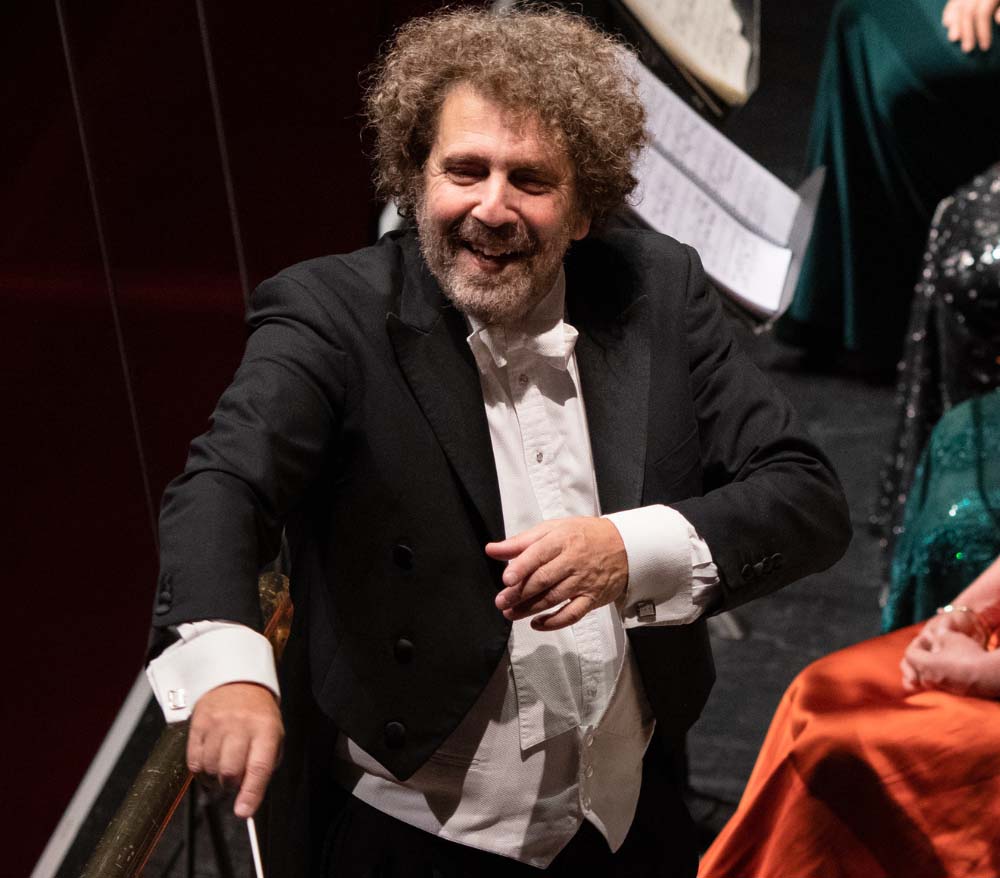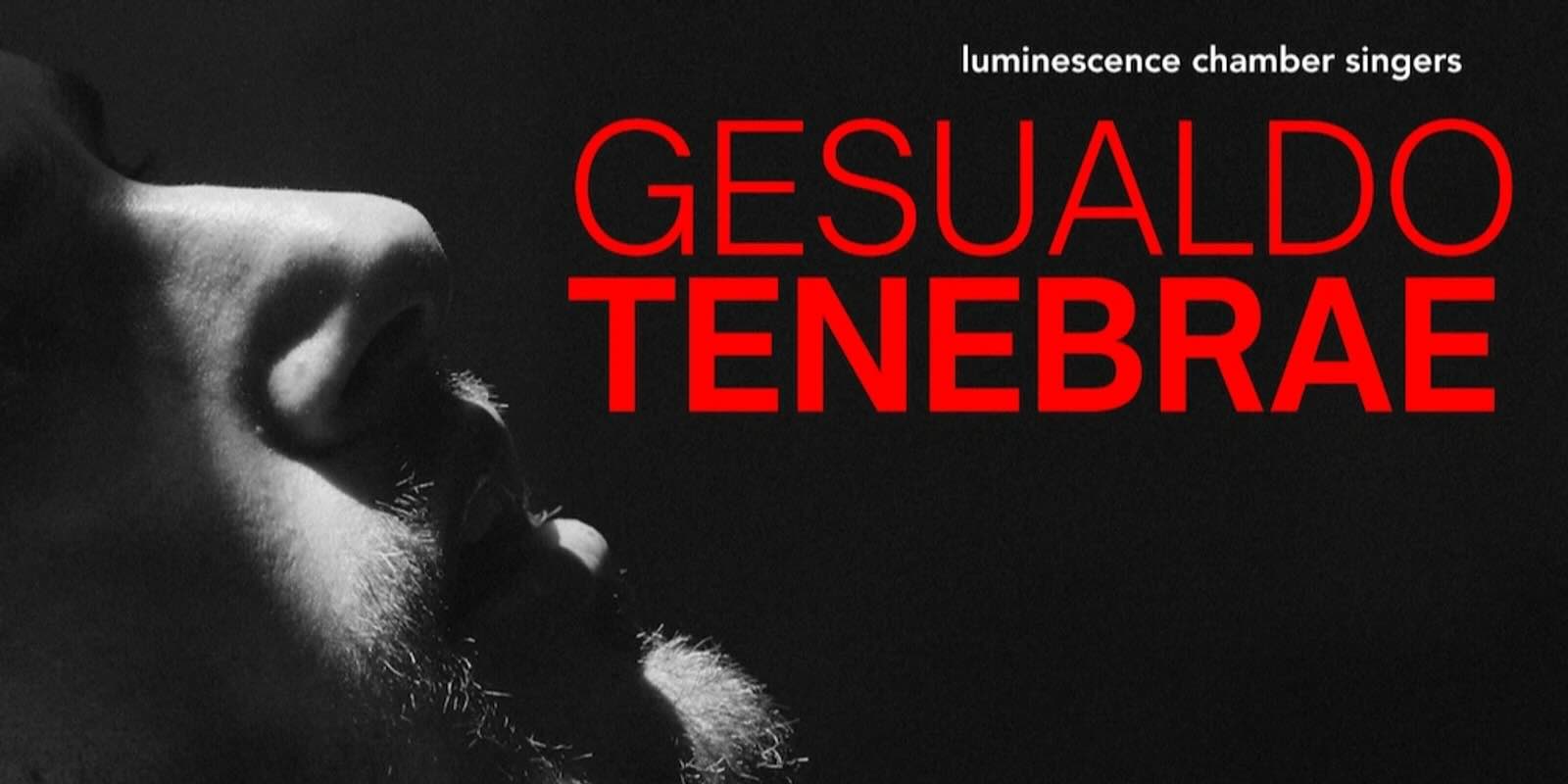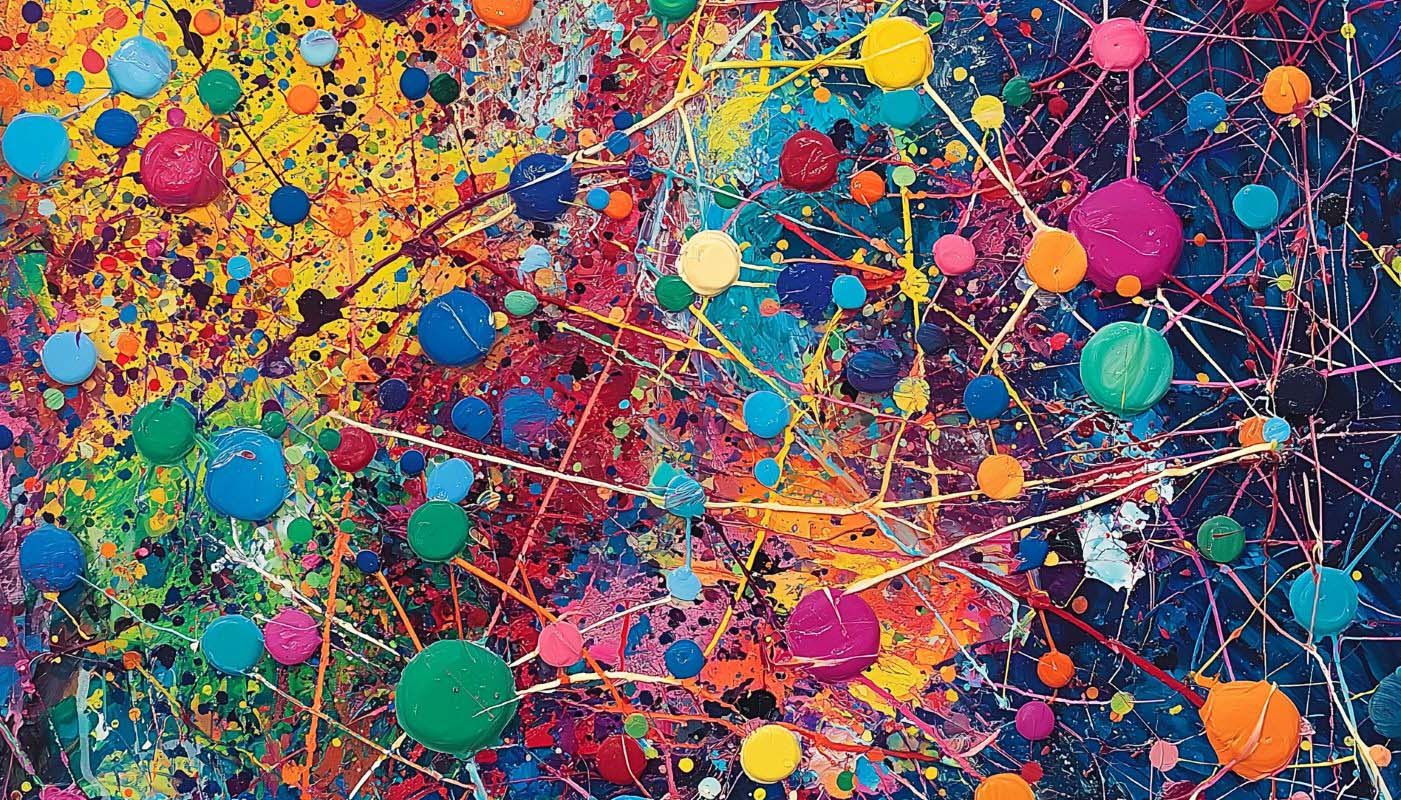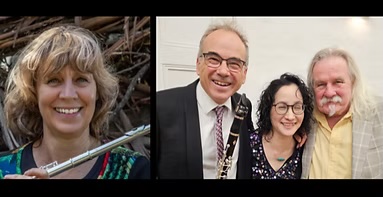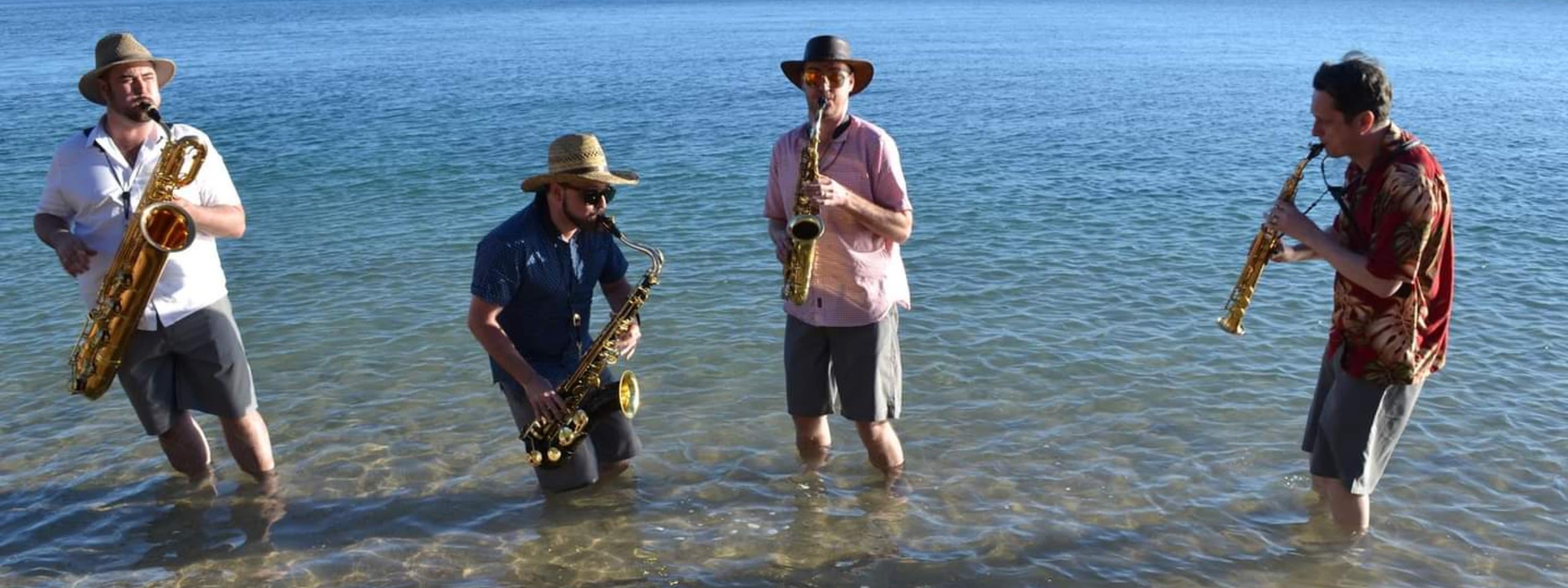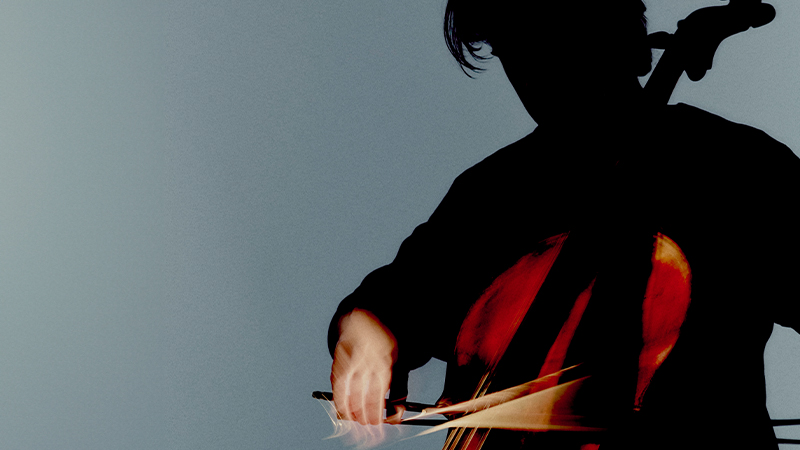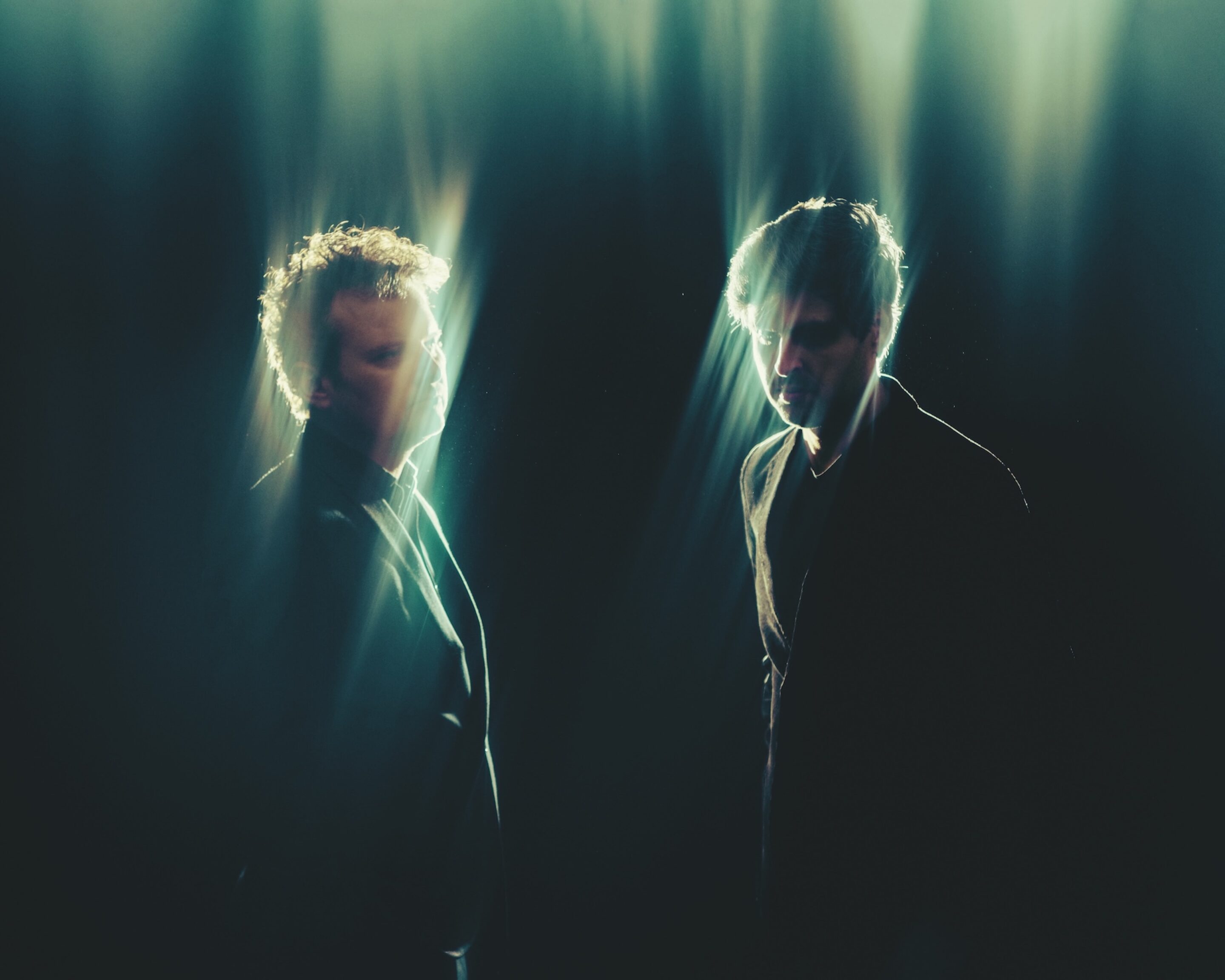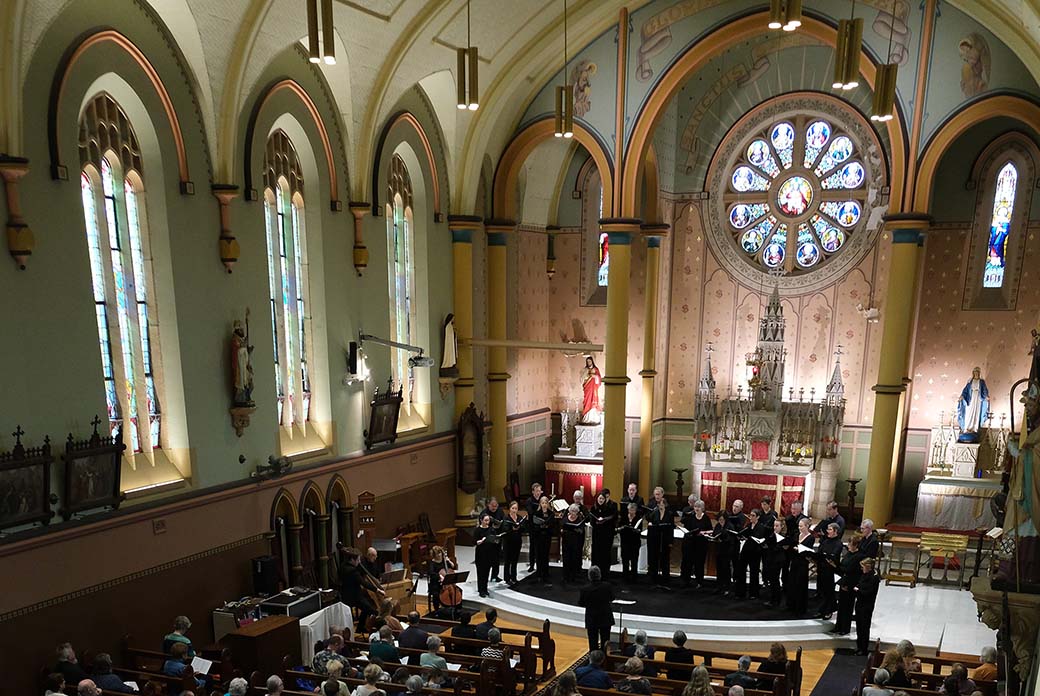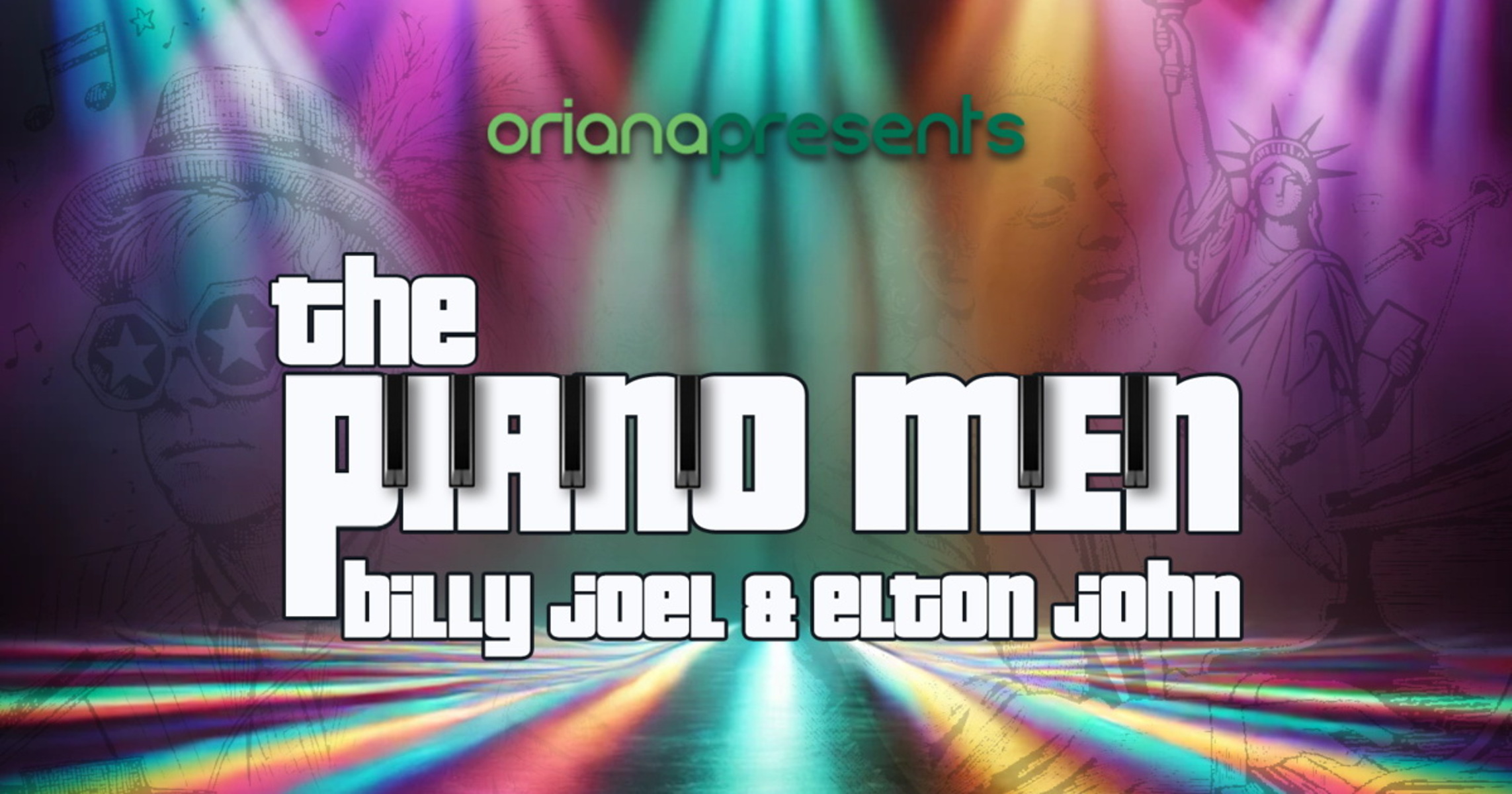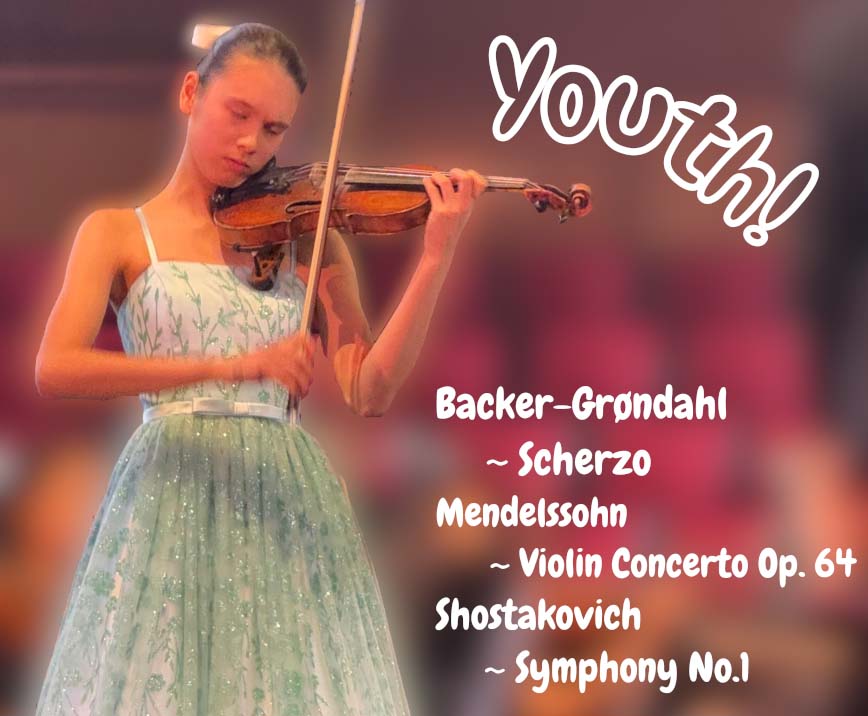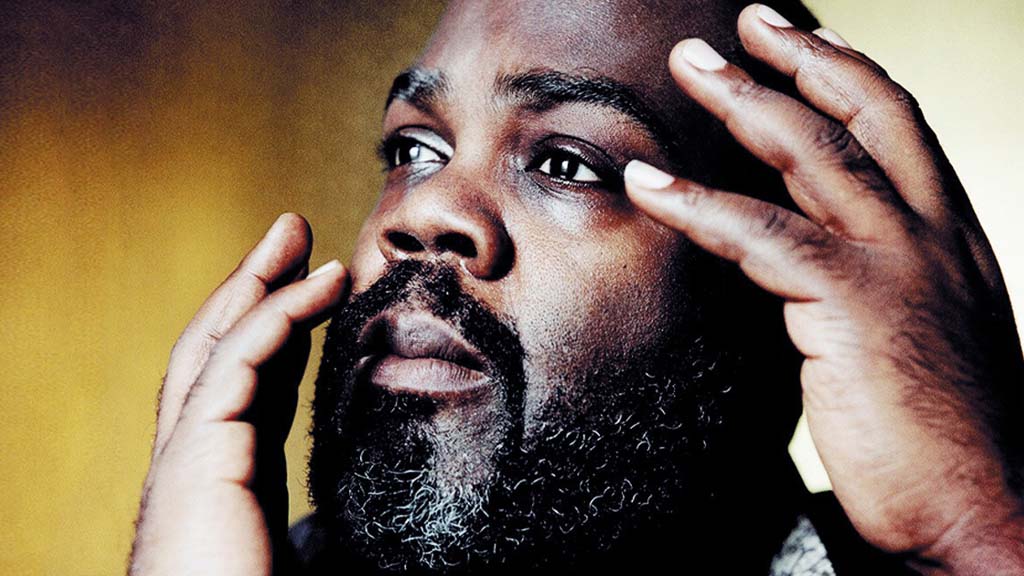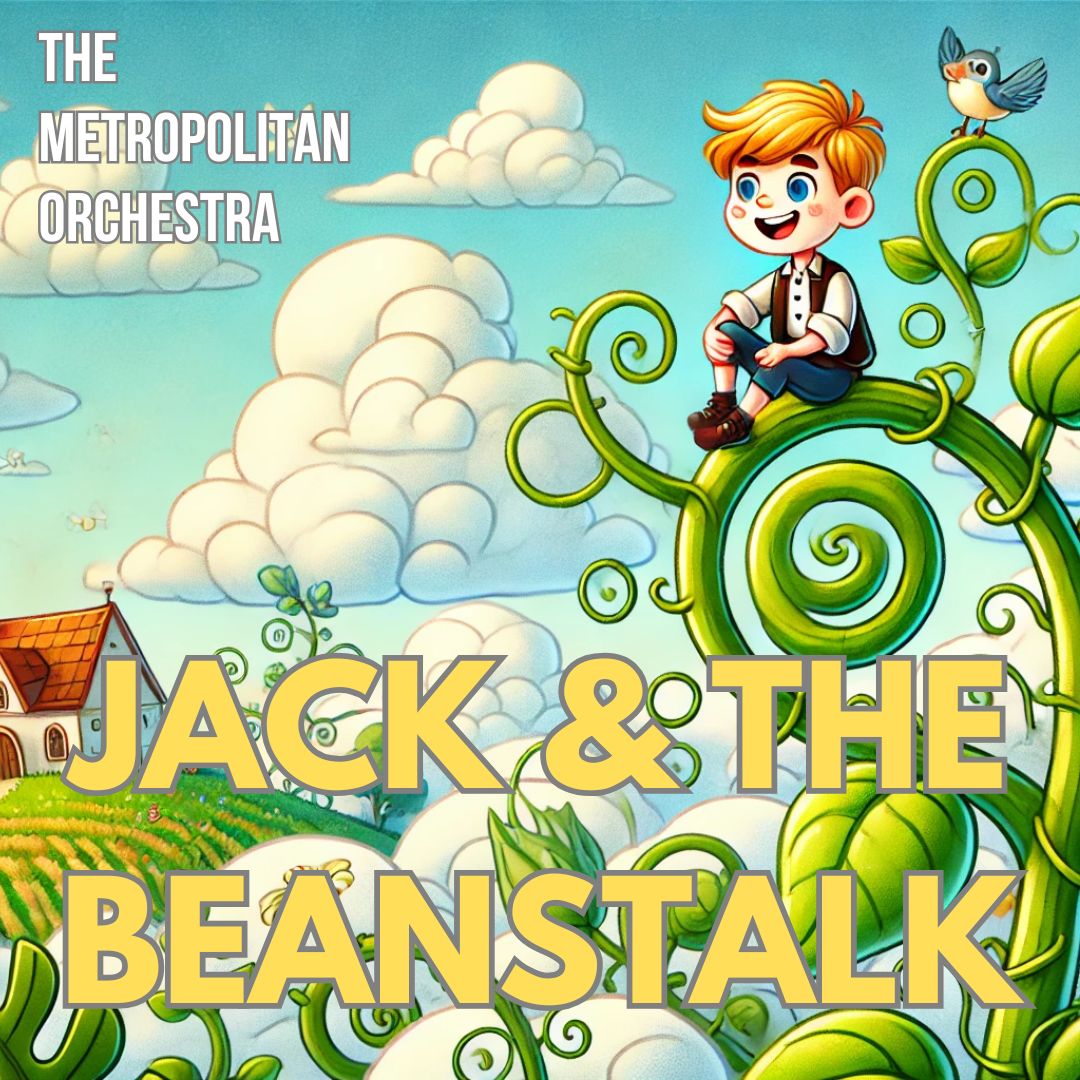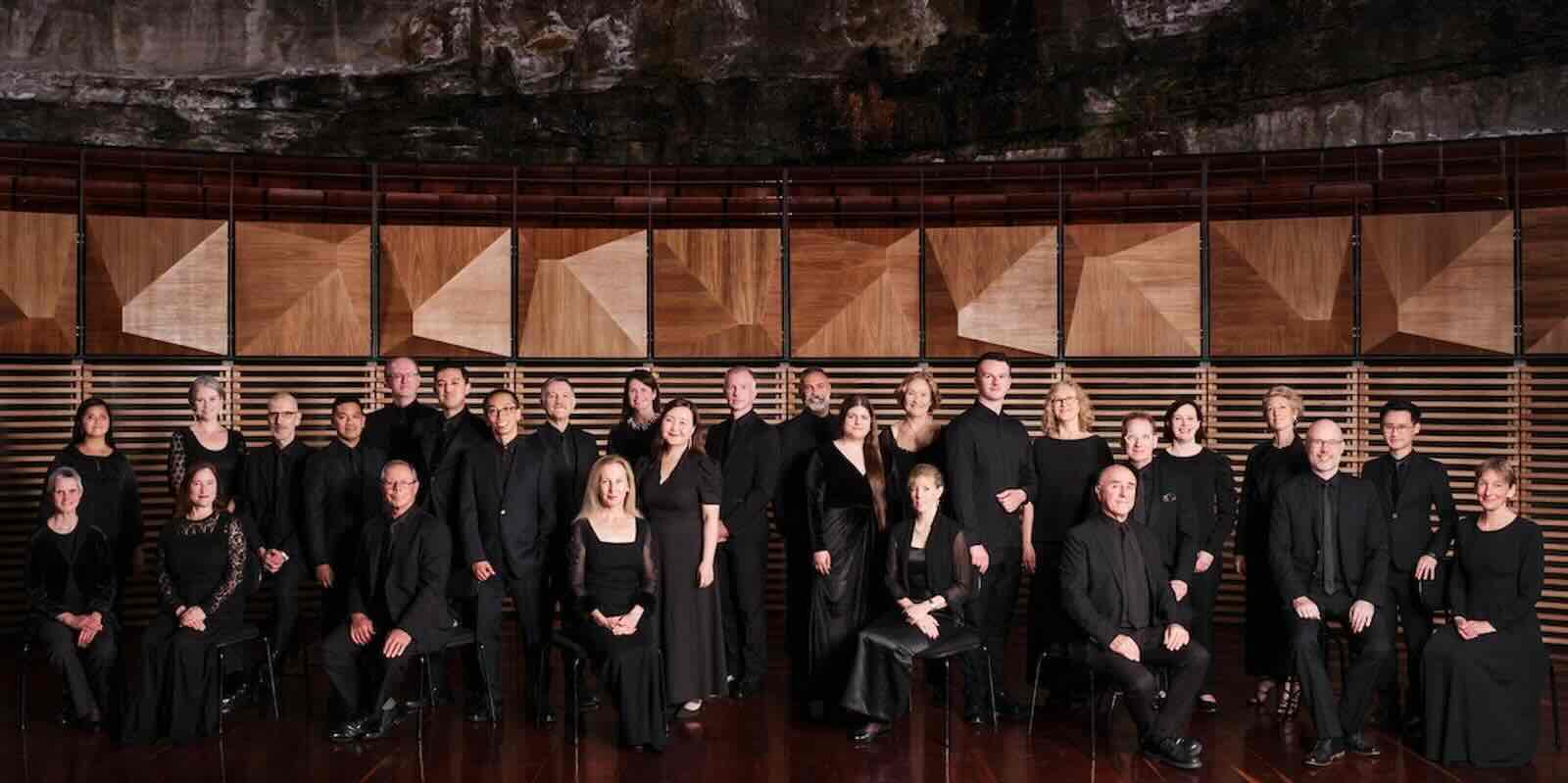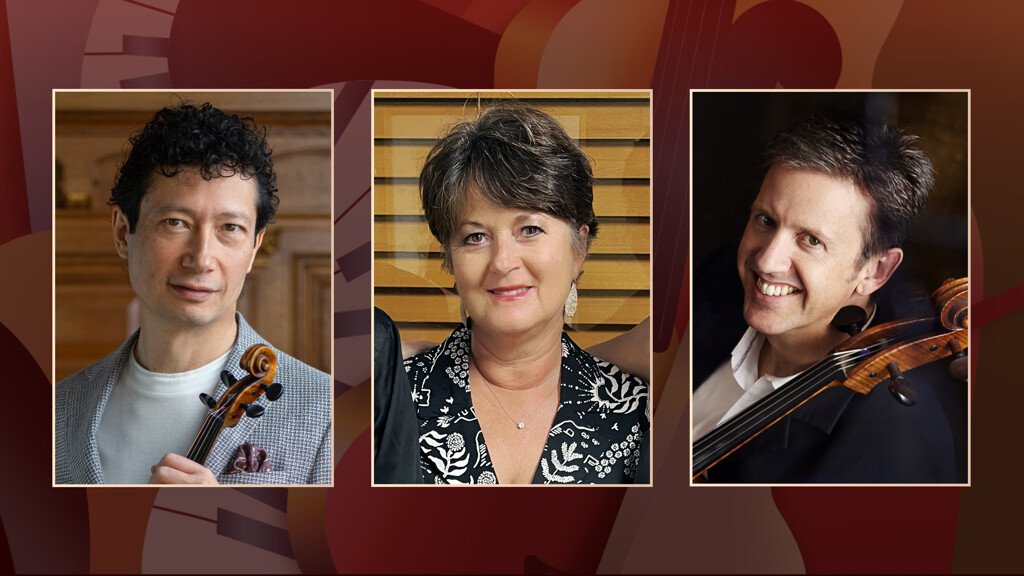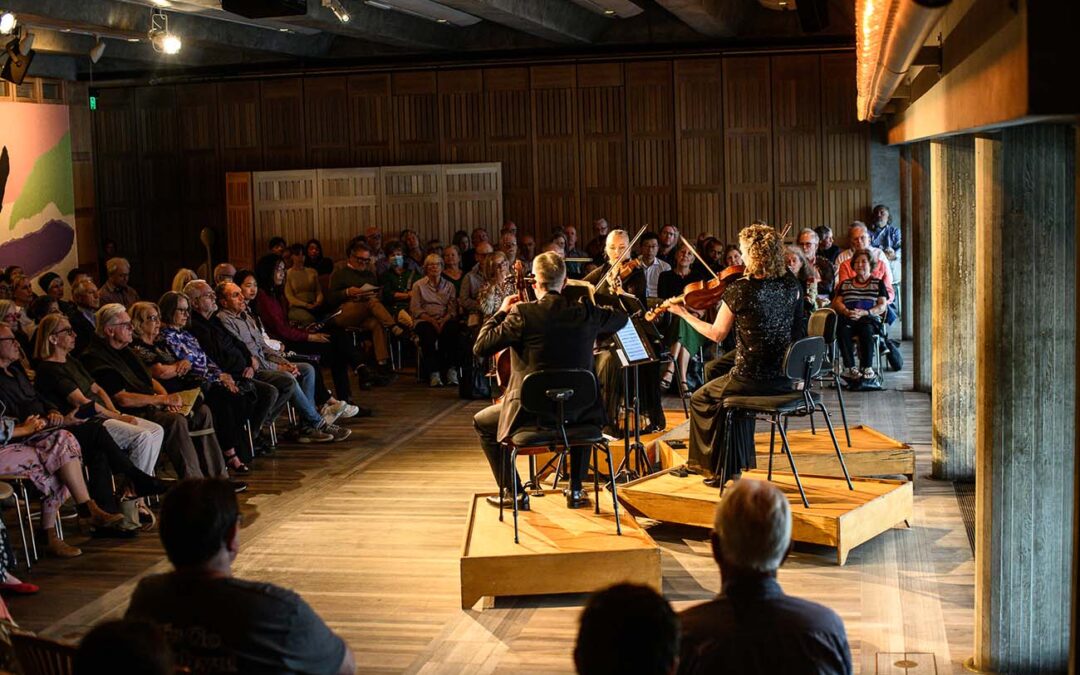Australian Haydn Ensemble, Viennese Star
March 19, 2022, Utzon Room, Sydney
It was a privilege to be in the Utzon Room on such a beautiful evening to see the postponed concert by the Australian Haydn Ensemble, Mozart:Viennese Star. The concert comprised of three different string quartets from the 1780’s by three composers who respected and admired each others’ work.
The concert began with Haydn’s String Quartet No.5, Opus 33, nicknamed “How do you do?” because it opens as if we came in part way through a conversation. The violin of Skye McIntosh, jauntily “chatted” with Matthew Greco’s violin. Karina Schmitz’ viola answered and Daniel Yeadon’s cello bounced back the repartee. These members from the Australian Haydn Ensemble definitely played this elegant and witty work in the spirit in which it was intended.
In 1782 Haydn wrote to his patrons and subscribers (in capital letters) that this set of string quartets was “WRITTEN IN AN ENTIRELY NEW AND SPECIAL WAY (FOR I HAVE NOT COMPOSED ANY FOR TEN YEARS)”. Each of these six string quartets has a Scherzo replacing the Minuet in the third movement. Scherzo denotes a joke, describing the witty conversation between the instruments.This interplay between the instruments moving from melody to accompaniment and back became popular in string quartets from this time on. The members of the Australian Haydn Ensemble performed this with ease and grace.
Skye McIntosh then thanked the audience for attending and discussed the three composers and the links between them. Although Boccherini lived in Madrid, he was widely respected throughout Europe for his compositions and virtuoso cello playing. He described his Opus 32 as Opera Grande and the Australian Haydn Ensemble played No. 5 from this Opus. This string quartet was relaxed in manner, with Daniel Yeadon’s bouncy cello adding power and energy to the other instruments. Some of the melodies were indeed operatic. The last movement featured a challenging, boisterous cadenza based on folk tunes. The challenge was enthusiastically met by Skye McIntosh, ending this work on a flamboyant note.


After the interval McIntosh introduced Mozart’s String Quartet No.19 in C major, known as the Dissonance. It famously opens with dissonant, almost foreboding entries above a throbbing cello bass, which belie the cheerful C major music which follows – described by McIntosh as “Happy Mozartland”.
Mozart had been inspired when he met Haydn for the first time in 1781. After a hiatus of nine years, he too began a series of new string quartets. When he performed the last three of this set of six with his father and two friends, Haydn was so impressed that he told Leopold Mozart that his son was the greatest composer he had ever met or heard. Mozart consequently dedicated these to Haydn in a lengthy foreword on the front page of the published score. They are still referred to as the Haydn Quartets. Mozart assimilated the idea of the witty conversation, with all parts having equal prominence, into his own unique style. Throughout the performance, this friendly musical repartee was reflected in the communication between the players.
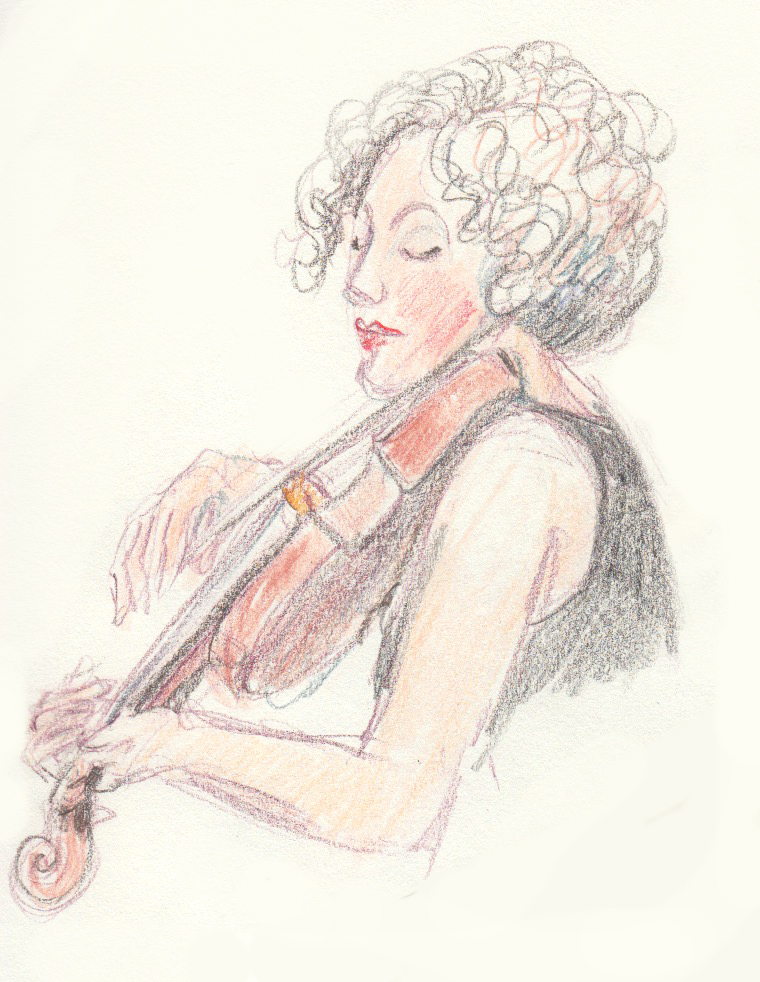
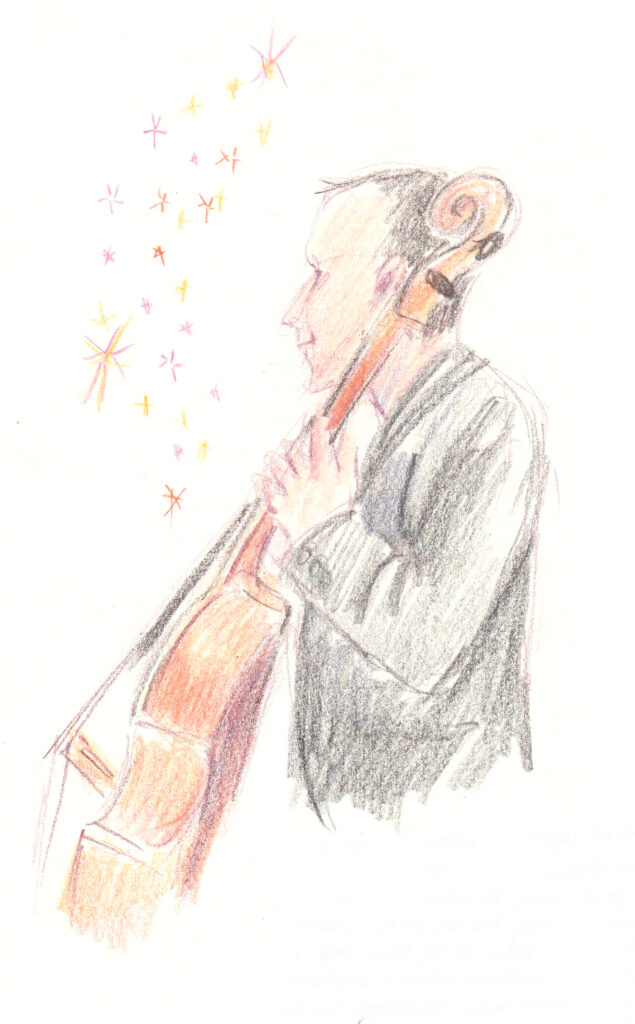
This was exemplified during the explosively boisterous and joyful last movement, when the fireworks within were echoed by real fireworks outside the windows of the Utzon Room! The Australian Haydn Ensemble all seemed to be grinning inwardly as the fireworks sparkled behind them. The music just soared over the bangs. The smiles behind the masks of the audience were palpable.
At the end, the audience applauded and cheered most enthusiastically, while the fireworks continued outside. It is no surprise that Haydn was impressed by this work – he would certainly have been impressed by tonight’s performance!
Photo credit James Mills
Sketches Heidi Hereth



